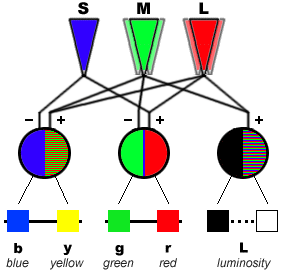-We form concepts in order to think about the world.
-Concepts are similar to Piaget's idea of Schemas.
We base our concepts on prototypes.
Prototypes: a mental image or best example of a category
How do we solve problems?
Algorithms: a methodical, logical rule or procedure that guarantees solving a particular problem
Heuristics: a rule-of-thumb strategy that often allows us to make judgements and solve problems efficiently
Insight: a sudden and often novel realization of the solution to a problem
-No real strategy involved
Obstacles to Problem Solving
Confirmation Bias: a tendency to search for information that confirms one's preconceptions
Match Problems
Fixation: the inability to see a problem from a new perspective
Mental Set: a tendency to approach a problem in a particular way, especially if it has worked in the past
The Jug Problem
Types of Heuristics
(That often leads to errors)
Representativeness Heuristic: a rule of thumb for judging the likelihood of thinking in terms of how well they match our prototype-Can cause us to ignore important information
Availability Heuristic: estimating the likelihood of events based on their availability in our memory
Framing: the way an issue is posed
-It can have a drastic effects on your decisions and judgements
Belief Bias: the tendency for one's preexisting beliefs to distort logical reasoning.
-Sometimes making invalid conclusions valid or vice versa.
Belief Perseverance: clinging to your initial conceptions after the basis on which they were formed had been discredited.


















